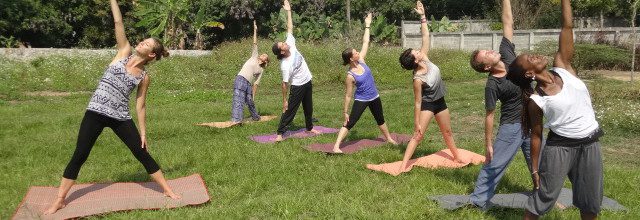An Introduction to Chakras
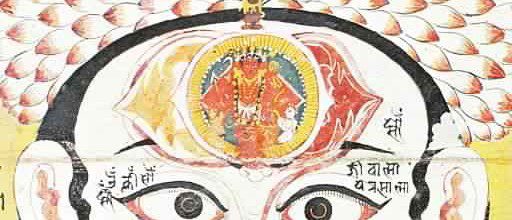
To achieve a healthy and happy life, we must strive to keep a balance among the seven major Chakras in our body.
Swami Vivekananda on the Art of Meditation

Swami Vivekananda, once a student of Ramakrishna and best known for his teachings on meditation, played a major role in the introduction of Vedanta and Yoga to the Western world.
How to Use Yoga and Self-Hypnosis to Quit Smoking

Dr. Sohail Ebady talks about how you can quit smoking by practicing Yoga and Self-Hypnosis.
How Does Hypnotherapy Work?

A reader asks, “How does hypnotherapy work? Can it help my friend quit smoking?” Here’s what Dr. Sohail Ebady has to say.
The Four Noble Truths – The Foundation of Buddhism

The Four Noble Truths are the foundation of Buddhism. Watch the video below to understand what it is.
Our Thailand Yoga Teacher Training & Hypnotherapy Course

Register now for our Hypnotherapy and Yoga Teacher Training in Thailand next month. Discount still applies!
Is it not too much to learn to be a yoga teacher and a hypnotherapist at the same time?
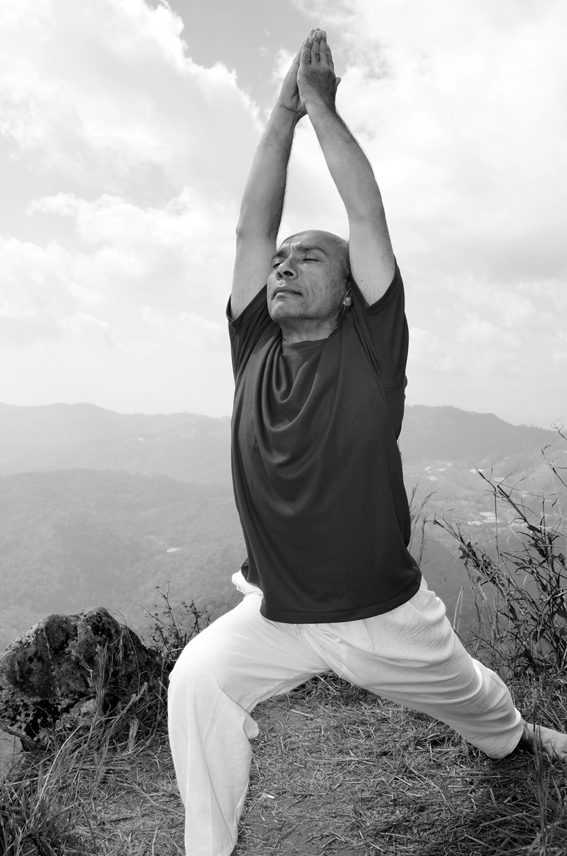
You have a very professional teacher. During this Yoga Teacher Training & Hypnotherapy Diploma Course, you will also become more aware of your abilities and potentials. You will learn very well – without any strain but with joy and pleasure!
Can I join only one course, i.e., only the Yoga Teacher Training or the Hypnotherapy Diploma Course and not both?
You will be required to attend both course schedules. Even though you may be a yoga teacher or a hypnotherapist, you will still receive the benefits of both practices.
How does your method of hypnotherapy work?
Our instructor Dr. Sohail Ebady says:
I concentrate a lot on “positive thinking,” so that all the teachings go deep into the subconscious. I believe one of the first side effects of chronic stress reactions is the development of a negative attitude; this negativity has its own negative effects in all the aspects of life.
As Buddha said, “What you think, you become!”
When I’m conducting these sessions, I concentrate on making my clients become calm and relaxed in different situations. This prevents the development of stress, which is very harmful to the body and mind. The things that stress them, that bother and irritate or worry them and unnecessarily occupy them for many hours of the day, will not have the same effect on them anymore. They will go through their daily life with a calm and relaxed mind. A tense, hypersensitive, and easily irritated individual then becomes transformed into a calm and relaxed person with inner peace.
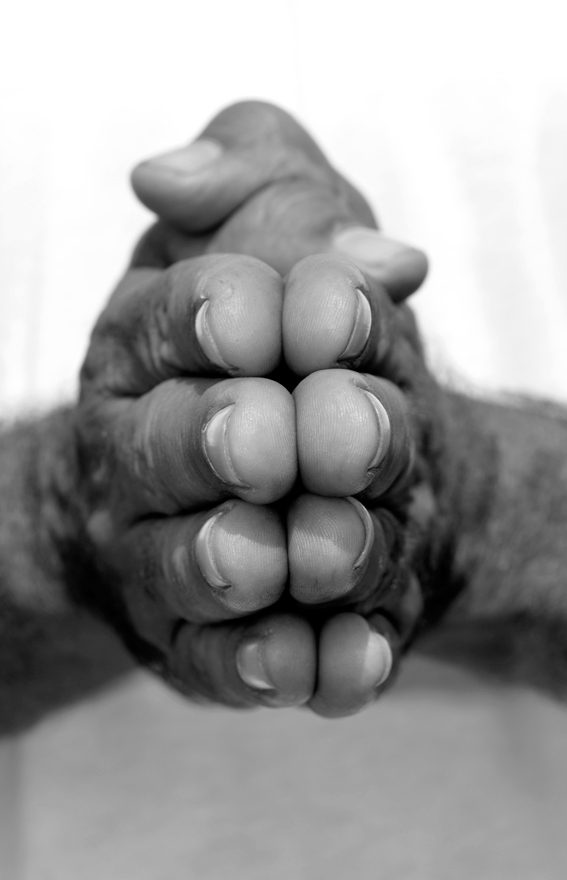 For example: Many people react unwantedly (physically or emotionally) in particular situations. Some people who wake up in the morning, for example, may experience the most terrible feelings such as unwanted thoughts, feelings, behaviors and habits.
For example: Many people react unwantedly (physically or emotionally) in particular situations. Some people who wake up in the morning, for example, may experience the most terrible feelings such as unwanted thoughts, feelings, behaviors and habits.
These inner conflicts take away the inner happiness completely. These are all programs in the subconscious mind which have been developed during different periods in the life of the individual and they repeat themselves in a cyclical pattern.
Through my sessions, these unwanted programs get deprogrammed slowly day by day. The mental knots and blockages open up, and one after another, as the individual comes out of this cyclical pattern, they experience inner peace and gradually come to a natural flow of regeneration and well-being.
In my practice, I have particularly good successes with insomnia, depression, anxiety neurosis, burnout syndrome, and eating disorders.
You can read more about this in the blog post: How Does Hypnotherapy Work?
What is hypnosis, self-hypnosis, and hypnotherapy?
Hypnosis is a natural, deep and relaxed state of mind, in which one has good communication with the subconscious mind. The subconscious mind is that part of one’s mind which regulates the entire system of the body, faithfully recording what you have done, felt, and experienced from birth.
Hypnotherapy is a healing art several thousand years old. The therapist guides the patient to a state of communication with the subconscious, and gives specific therapeutic suggestions specific to that patient’s requirement.
Self-hypnosis is an ancient way of communicating with the subconscious mind, and dropping positive suggestions and visualizations to that subconscious level. In this process you reinforce your own power to heal.
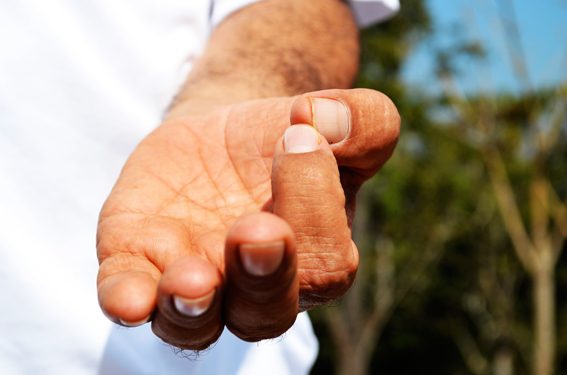
Which style of yoga do you teach?
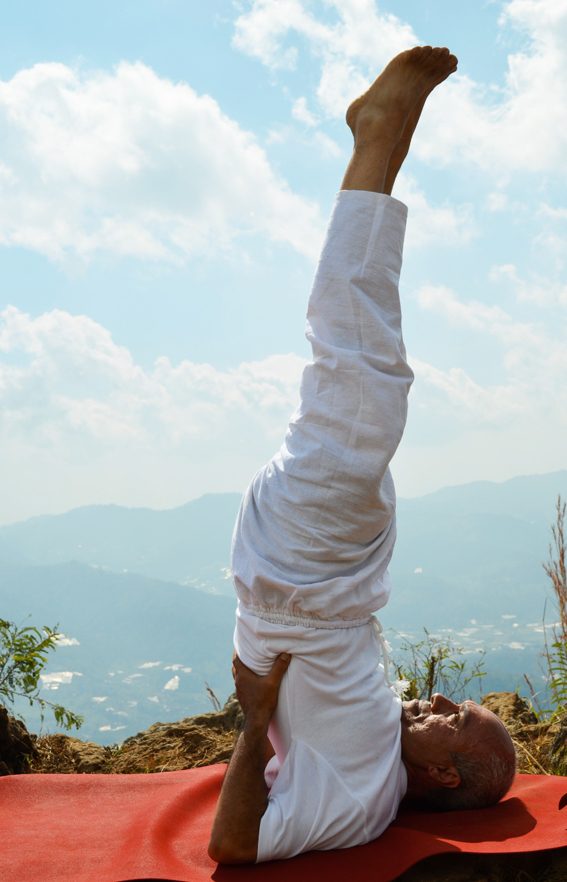 The Patanjali Institute teaches the traditional, classical form of yoga as was described in the ancient scriptures. Our Yoga Teacher Training Course also covers the yogic lifestyle and philosophy to give students a better, more rounded foundation on which to base their yogi practice.
The Patanjali Institute teaches the traditional, classical form of yoga as was described in the ancient scriptures. Our Yoga Teacher Training Course also covers the yogic lifestyle and philosophy to give students a better, more rounded foundation on which to base their yogi practice.
This ancient form of yoga is an holistic approach devised by Swami Vivekananda Yoga, Anusandhana Samsthana (S-VYAS) at the Yoga University in Bangalore, India. The movements are slow, deliberate, and meditative, which bring strength, awareness, flexibility, and viability to the body while teaching proper breathing and calming the mind. After each stimulation, there is a relaxation phase in order for the body and mind to regroup and expand–in essence, to grow.
I follow two groups of big teachers. The first are the Sun, the Moon, and the Stars; the second are Buddha, Patanjali, Adi Sankaracharya, and Swami Vivekananda, the greatest teachers and philosophers of yoga.
Why yoga and hypnotherapy are a perfect combination?
Sohail Ebady, M.D. gives an insight into Hypnotherapy, Self-Hypnosis, Yoga and the course concept of Patanjali Institute in the article Yoga & Hypnotherapy for Complete Health.
You can also find a short version of the article on Aura Wellness Center.



